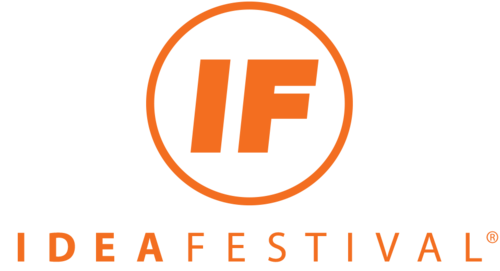Credits: NASA-JHUAPL-SWRI
You may have heard about New Horizons.
Hurtling toward tomorrow's flyby of Pluto, the spacecraft has returned unprecedented images of the dwarf planet and its five(!) moons. In the picture of Pluto and Charon above, which was taken five days ago from a distance of several million miles, Charon is the darker of the two bodies.
The spacecraft's primary missions are to characterize the global geology and morphology of Pluto and Charon, the surface chemical compositions of the two bodies and briefly study the minimal, seasonal atmosphere Pluto is believed to have.
It's expected to pass within several thousand miles of the surface of the dwarf planet tomorrow morning at 7:50a EDT. The Planetary Society has all the information you'll need to learn about the mission and tomorrow's historic encounter.
After its flyby New Horizons will fly on towards the Kuiper belt, where mission controllers have been able to identify further objects for close ups. The spacecraft is is expected to leave our solar system sometime around 2047.
I suspect Astronomy magazine editor and IdeaFestival 2015 speaker Bob Berman will have something to say about the mission in October. Don't miss it!
Stay curious™.
Wayne




